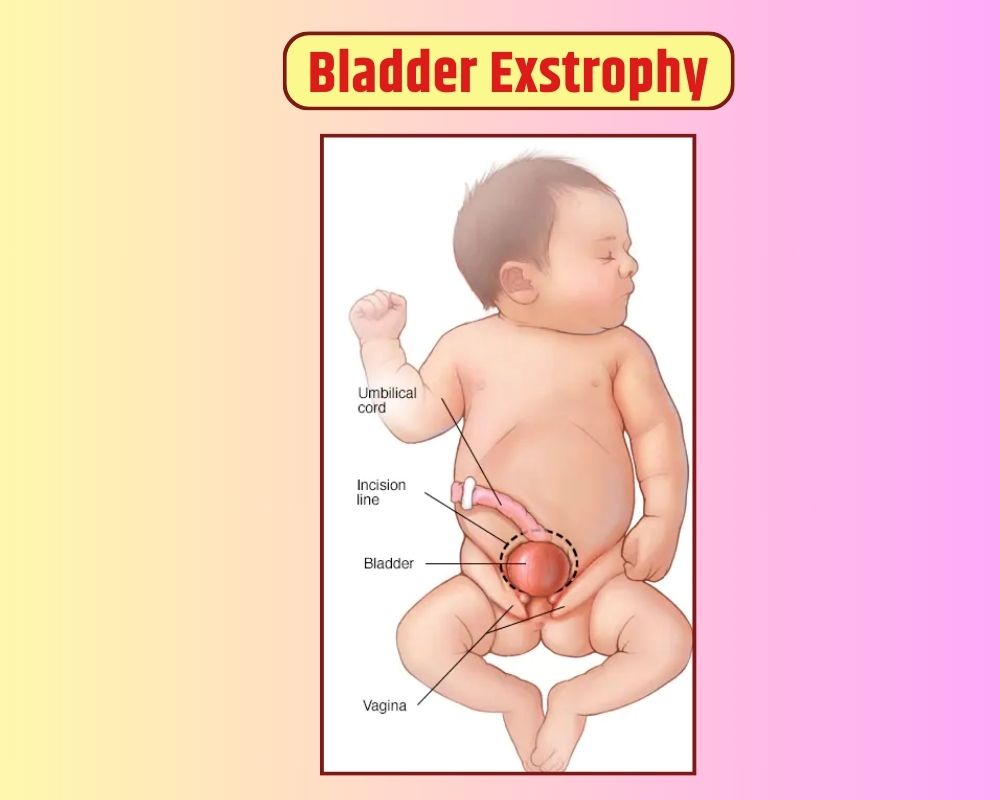Bladder exstrophy is a rare congenital condition characterized by the abnormal positioning of the bladder outside the body. This condition affects approximately 1 in every 50,000 live births, making it a relatively uncommon occurrence. Despite its rarity, understanding the symptoms and causes of bladder exstrophy is crucial for early detection and effective management.
Symptoms of Bladder Exstrophy
Bladder exstrophy presents with a distinct set of symptoms that may vary in severity from one individual to another. Common symptoms include:
1. Visible Bladder
One of the hallmark signs of bladder exstrophy is the visible protrusion of the bladder through the abdominal wall. This abnormality is typically observed at birth and is immediately apparent to healthcare providers.
2. Abnormal Genitalia
Individuals with bladder exstrophy may also exhibit abnormalities in the genitalia, including malformed genitals and separation of the pubic bones.
3. Urinary Incontinence
Urinary incontinence is a common symptom of bladder exstrophy, as the abnormal positioning of the bladder can lead to difficulties in urine containment and control.
4. Pelvic Floor Dysfunction
Bladder exstrophy may be associated with pelvic floor dysfunction, resulting in issues such as difficulty emptying the bladder and urinary tract infections.
5. Skeletal Anomalies
Some individuals with bladder exstrophy may also experience skeletal anomalies, including hip dysplasia and spinal abnormalities.
Causes of Bladder Exstrophy
The exact cause of bladder exstrophy remains unclear, but it is believed to result from a combination of genetic and environmental factors. Here are some potential causes:
1. Genetic Predisposition
There may be a genetic predisposition to bladder exstrophy, as evidenced by its occasional occurrence in families with a history of the condition.
2. Fetal Developmental Abnormalities
During fetal development, abnormalities in the closure of the abdominal wall and the development of the urinary tract may contribute to the development of bladder exstrophy.
3. Environmental Factors
Certain environmental factors, such as maternal exposure to teratogenic substances or infections during pregnancy, may increase the risk of bladder exstrophy in the developing fetus.
4. Multifactorial Etiology
Bladder exstrophy is likely multifactorial in etiology, involving a complex interplay of genetic predisposition, fetal developmental abnormalities, and environmental influences.
Conclusion
In conclusion, bladder exstrophy is a rare congenital condition characterized by the abnormal positioning of the bladder outside the body. For an early diagnosis and suitable treatment of bladder exstrophy, it is critical to identify the symptoms and the possible causes. Even though the precise cause of bladder exstrophy is still unknown, research is being done to determine the underlying genetic and environmental factors that contribute to this condition.

